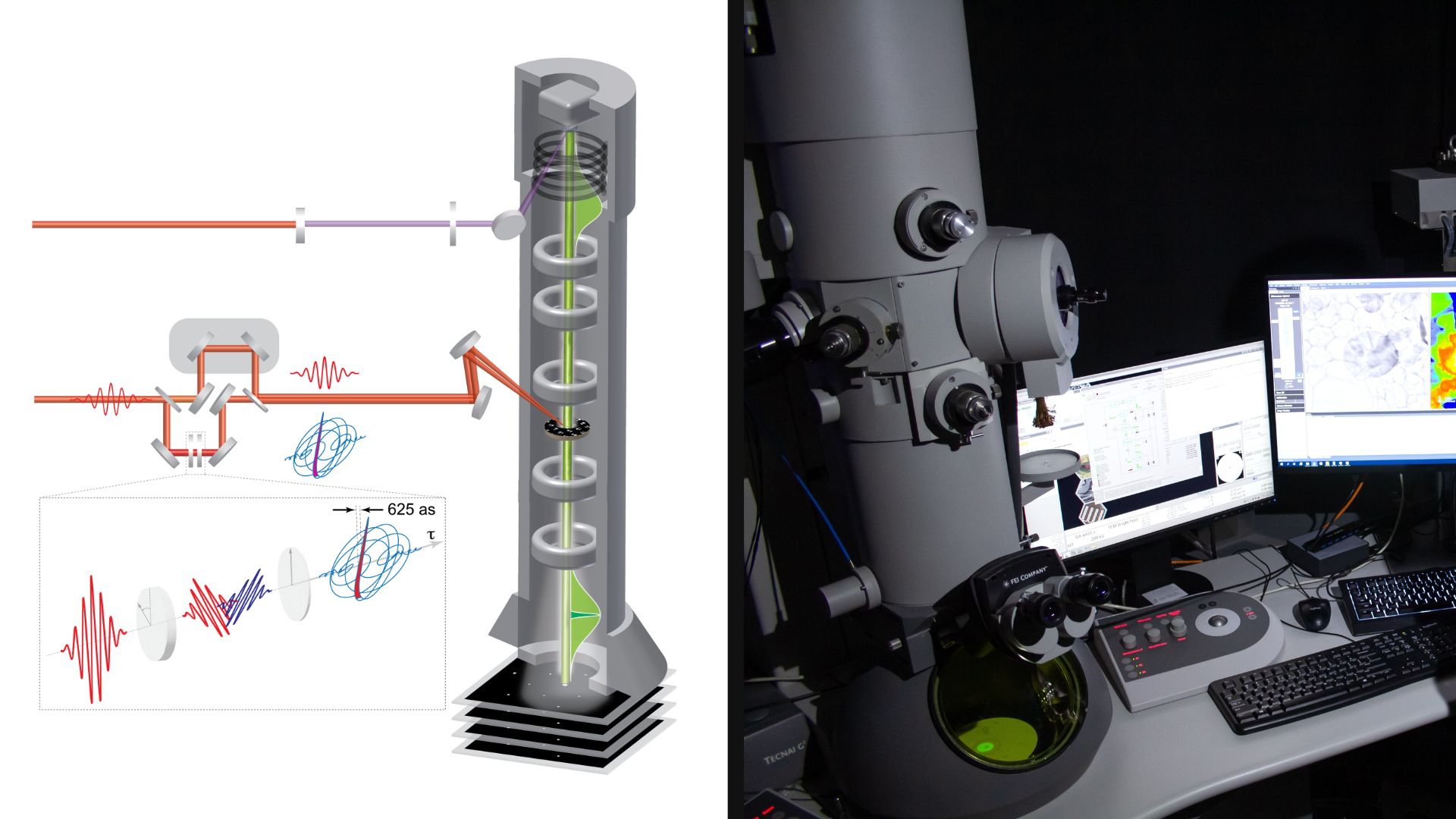Get the latest tech news
Researchers have pinpointed where and how lithium ions are stored and released in battery material during charge and discharge cycles. This could increase storage capacity by up to 25% by tapping into 'dormant capacity’
Batteries undercut their theoretical capacity in practice, sometimes significantly. In a lithium iron phosphate cathode, researchers at TU Graz have now been able to observe exactly where the capacity loss occurs.
“By combining different examination methods, we were able to determine where the lithium is positioned in the crystal channels and how it gets there,” explains Nikola Šimić from the Institute of Electron Microscopy and Nanoanalysis and first author of the paper on the results, which the research team recently published in the journal Advanced Energy Materials. Publication: Phase Transitions and Ion Transport in Lithium Iron Phosphate by Atomic-Scale Analysis to Elucidate Insertion and Extraction Processes in Li-Ion Batteries Authors: Nikola Šimić, Anna Jodlbauer, Michael Oberaigner, Manfred Nachtnebel, Stefan Mitsche, H. Martin R. Wilkening, Gerald Kothleitner, Werner Grogger, Daniel Knez, Ilie Hanzu
Or read this on r/technology

